JEAN HUBERT MARTIN
Jean-Hubert Martin born on June 3, 1944 in Strasbourg, France, is a leading art historian, institution director, and curator of international exhibitions. Through his professional career, he contributed to expand what is considered as contemporary art as well as create a dialogue between different cultures and ethnic groups.
Jean-Hubert Martin studied at Lycée Fustel de Coulanges in the same village before getting his bachelor’s degree in Art History at La Sorbonne in Paris. He received his diploma in 1968 before becoming a curator in the French National Museum system in 1969.
After a short period of working at the Louvre, he started his career in Paris at the Musée National d’Art Moderne (French National Museum of Modern Art) located at the Palais de Tokyo and directed by Jean Leymarie. There, he organized significant exhibitions of Man Ray, Alberto Burri and Richard Lindner. He played a key role in Francis Picabia’s revolutionary exhibition in 1976 at the Grand Palais, which showed for the first time his entire work, including his figurative period. Having demonstrated a great interest in the art of the current time, he was named curator of the Contemporary Art department by Pontus Hulten then in charge of the creation of the Centre Pompidou. In this position, he organized exhibitions of the works of Kazimir Malevich, Jean Le Gac and Pierre Molinier as well as « Paris-Berlin » and « Filliou et Pfeufer: La Fondation PoïPoï présente un hommage aux Dogons et aux Rimbauds » (Filliou and Pfeufer: the PoïPoï Foundation pays tribute to the Dogon and the Rimbaud) in 1978, « Paris-Moscou » (Paris-Moscow) in 1979 and Man Ray in 1982.
That same year, he was named curator of the French pavilion at the Sydney Biennale and became director of the Berne Kunsthalle, directed by Harald Szeeman 20 years before. It is the start of his career as director of European institutions: after working at the Berne Kunsthalle (1982–1985), he became director of the National Museum of Modern Art in Paris (1987–1990), artistic director of the Château d’Oiron (1991–1994), director of the National Museum of African and Oceanic Art (1994–1999), general director of the Museum Kunst Palast in Düsseldorf (1999–2006, the museum opened in 2001), and artistic director of the PAC (Padiglione d’Arte Contemporanea), in Milan.
Throughout the course of these experiences, he initiated some important exhibitions which significantly modified museology theory and practice, especially « A Pierre et Marie » (To Pierre and Marie – Curie), a participatory exhibition in 1982/84, « Magiciens de la Terre » (Magicians of the Earth) in 1989, « Art et publicité » (Art and Advertising) in 1990, « Altäre (Autels) » in 2002, « Africa Remix » in 2004. He developed his views in memorable biennales like « Universalis » in São Paulo in 1996 or « Partages d’exotisme » (Exotic Sharing) in Lyon (Rhones-Alpes Region in France) in 2000.
In 2006, he was named Project Manager within the French National Museum system at the Culture and Communication Ministry. He occupied that position until 2010. Since then, he continues to develop his practice as an independent curator for internationally acclaimed exhibitions: « Dali » at the Centre Georges Pompidou in Paris in 2012, « Theatre du Monde » (Theatre of the World) at the Museum of Old and New Art in Hobart in Tasmania and at the Maison Rouge-foundation Antoine de Galbert in Paris in 2013 and « Le Maroc contemporain » (Contemporary Morocco), at the Institut du Monde Arabe in Paris in 2014.
He also directed the FRAME (French Regional & American Museum Exchange) in France in 2008 and 2009. He is currently president of the SAM award for Contemporary Art selection committee (since 2010), president of the Palais de Tokyo steering committee (since 2011) and president of the artistic, scientific and cultural council at the Cité de la Céramique (Ceramic museum) in Sèvres (since 2015). But surely ‘Carambolages’ 2016 at the Grand Palais, Paris has to be the end, the last word in pick and mix post-modernism, the curatorial caprice of the needless blockbuster, retaining the colonial authoritarianism of the nineteenth century.
Jean-Hubert Martin supported the Europeanization of art, and then its true globalization, exposing artists of the entire world and setting up convincing traveling exhibitions.
After Claude Levi-Strauss, he recognizes the value of cultures with no writing skills. He looks to develop new lines of inquiry beyond the Western way of thinking. He initiates new exhibition practices creating visual correspondences instead of categories and classifications. This opens new perspectives for institutions and artists alike. In 1989 “Magiciens de la terre” (Magicians of the Earth) is thought to be the first truly international exhibition. For the first time in Europe Western art and art from the Third World were placed at the same level.
In the tradition of the Dada movement, “Magiciens de la terre” (Magicians of the Earth), allowed unknown artists to come to the forefront. Jean-Hubert Martin detects in Dada the first signs of “postmodernism” and of the extension of the idea of art.
Moreover, his research leads to other new perspectives, notably he reactivated the practice of the “cabinet de curiosité”, wherein the esthetic pleasure mingles with the scientific interest, for the Chateau d’Oiron.
Jean-Hubert Martin was a key actor in the discovery of the Russian “avant-gardes” in Europe, especially through the exhibition and publication of the works of Ilya and Emilia Kabakov.
https://alchetron.com/Jean-Hubert-Martin
Important Shows

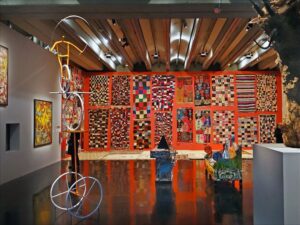
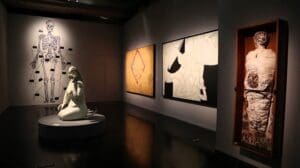

Contemporary Morocco at the Institut du Monde Arabe, Paris (2014-15)
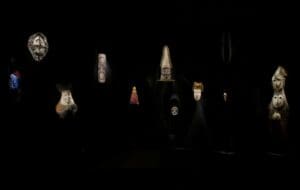

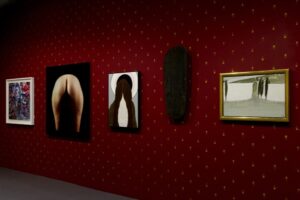
Theater of the World at La Maison Rouge, Paris (2013)
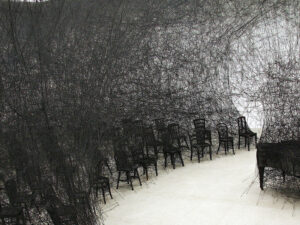
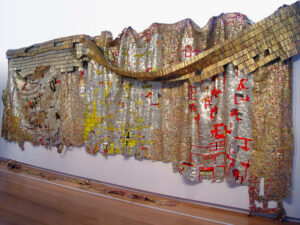
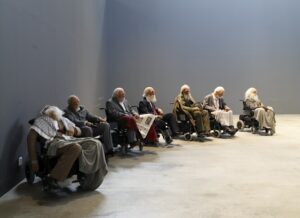

Against Exclusion at the Moscow Biennial (2009)
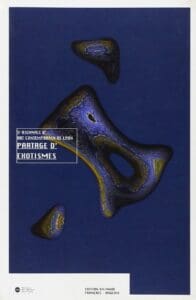
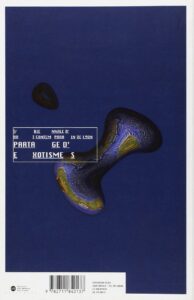


Partage d’Exotismes at the Biennale de Lyon (2000)
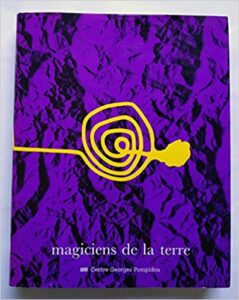
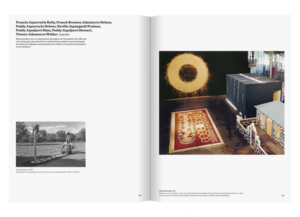


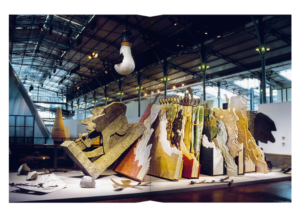
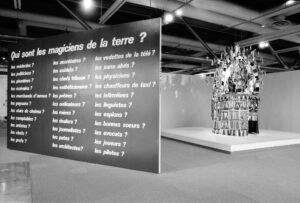
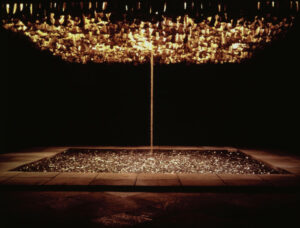
Magiciens de la terre at the Centre Georges Pompidou, Grande halle de la Villette (1989)
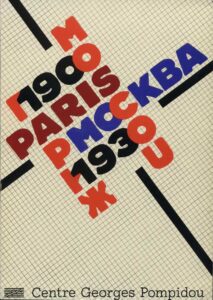



Paris-Moscow at the Centre Pompidou (1979)
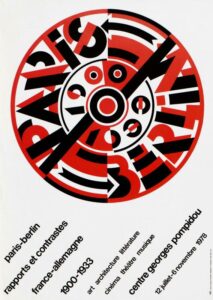
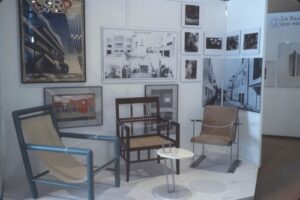


Paris-Berlin. Rapports et contrastes, France-Allemagne 1900-1933, at the Centre Georges Pompidou (1978)
Publications
Andrei Erofeev (2020): “Interview with Jean-Hubert Martin, one of the curators of the exhibitions Paris — Moscow and Moscow— Paris”: https://russianartarchive.net/en/research/interview-with-jean-hubert-martin-one-of-the-curators-of-the-exhibitions-paris-moscow-and-moscow-paris
Julia Friedel (2016): “Magiciens de la Terre”, in: https://contemporaryand.com/magazines/magiciens-de-la-terre/

Sean O’toole (2017): “Other Stories. The context and legacy of Jean-Hubert Martin’s contentious 1989 exhibition, ‘Magiciens de la terre’”, in : https://www.frieze.com/article/other-stories

Ilya Kabakov and Jean-Hubert Martin (2014): Ilya Kabakov: Drawings, Paris, Dilecta
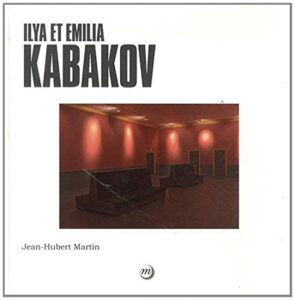
Jean-Hubert Martin (2014): Ilya Et Emilia Kabakov (Rmn Arts Du 20e Expositions), Paris, RMN
Mathilde Poupée (2014): Exhibition Paris-Moscow, 1900-1930: http://blog.soton.ac.uk/wsapgr/files/2014/10/Looking_at_images_POUPEE.pdf
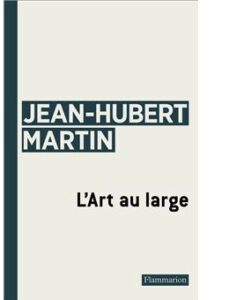
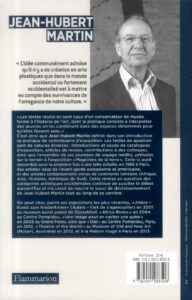
Jean-Hubert Martin (2013): L’Art au large, Paris, Flammarion
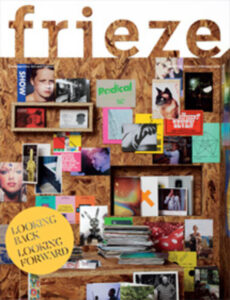
Christy Lange (2010): “3rd Moscow Biennale” in: https://www.frieze.com/article/3rd-moscow-biennale
Yulia Tikhonova (2009): “The 3rd Moscow Biennale of Contemporary Art (Exhib. Review)”, in: https://artmargins.com/the-3rd-moscow-biennale-of-contemporary-art-exhib-review/
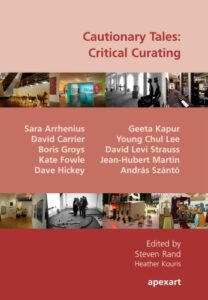
Jean-Hubert Martin, Sara Arrhenius, David Carrier, Boris Groys, & others (2007): Cautionary Tales: Critical Curating, New York, Apexart

Daniel Soutif (1998): “World Report Jean-Hubert Martin” https://www.artforum.com/print/199805/jean-hubert-martin-32596
Benjamin H. D. Buchloh (1989): “Martin, Jean-Hubert. “The Whole Earth Show.” Interview”, in Art in America
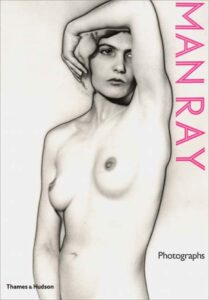
Jean-Hubert Martin (1987): Man Ray Photographs, London, Thames & Hudson
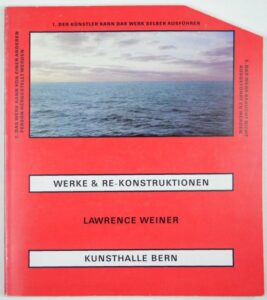
Jean-Hubert Martin and Lawrence Weiner (1983): Werke & Re-Konstruktionen, Works & re-constructions, Bern: Kunsthalle Bern.
Interesting Links
Jean-Hubert Martin (2020): Christian Boltanski : «Le Temps du Musée»: https://www.centrepompidou.fr/es/ressources/media/SnG5fbO
Jean-Hubert Martin (2019): «Paris-Moscou» : Les 40 ans d’une exposition légendaire: https://www.centrepompidou.fr/es/ressources/media/uH7REHc
Jean-Hubert Martin (2018): UNTEL: https://www.centrepompidou.fr/es/ressources/media/KSEe4gn
Art on the wire and online jean hubert martin on curating in cyberspace (2017): https://youtu.be/wxcvDdmnDJ8
Jean-Hubert Martin (2016): Non-conformisme et Sots art: https://www.centrepompidou.fr/es/ressources/media/9ppMoNl
Bertrand Lavier & Jean Hubert Martin, le 25 juin 2016: https://youtu.be/vS2kymGMzEk
Jean-Hubert Martin (2015): Forum: Global Collaborations Jean-Hubert Martin: https://vimeo.com/120565958
Jean-Hubert Martin (2014): Magiciens de la terre / Colloque 2014 – 1ère journée [3/3]: https://www.centrepompidou.fr/es/ressources/media/7IxC4Bp
Jean-Hubert Martin (2014): Magiciens de la terre / Colloque 2014 – 1ère journée [1/3]: https://www.centrepompidou.fr/es/ressources/media/UFG27oZ
Jean-Hubert Martin (2012): Jean-Hubert Martin, Chief Curator of the Dali Exhibition (Pompidou Centre): https://www.france24.com/en/20121225-interview-jean-hubert-martin-curator-dali-exhibition-pompidou-centre-paris-art
Jean-Hubert Martin (2010): Magiciens de la terre — Història de les exposicions: Més enllà de la ideologia del cub blanc (segona part) [Enregistrament audiovisual activitat]: https://www.macba.cat/es/aprendre-investigar/arxiu/fons-historic-macba/magiciens-terre-historia-exposicions-mes-enlla
Jean-Hubert Martin (2000): Partage d’exotismes: https://www.labiennaledelyon.com/archives-generale/art-contemporain-2000
